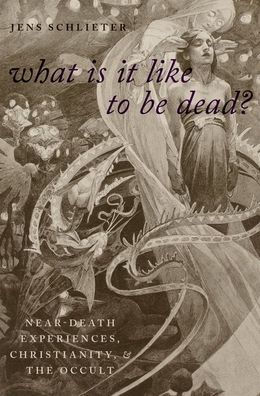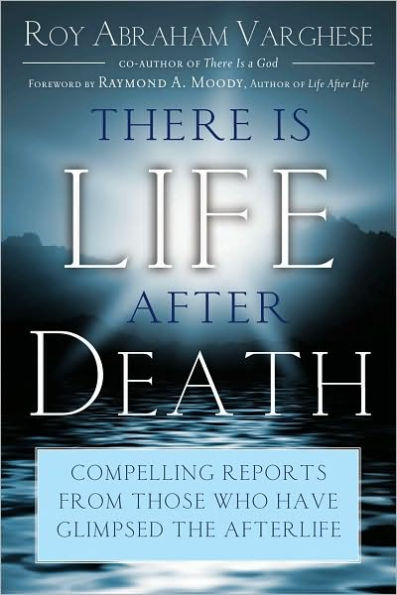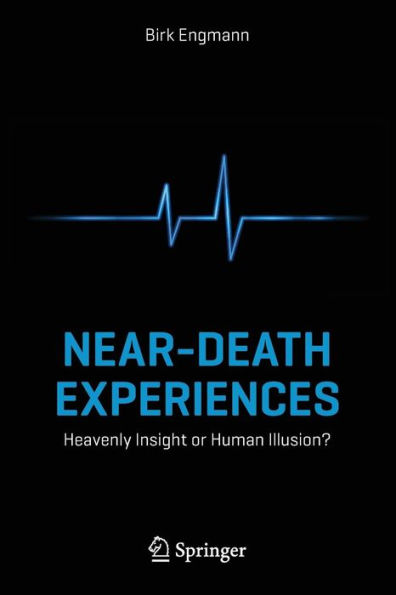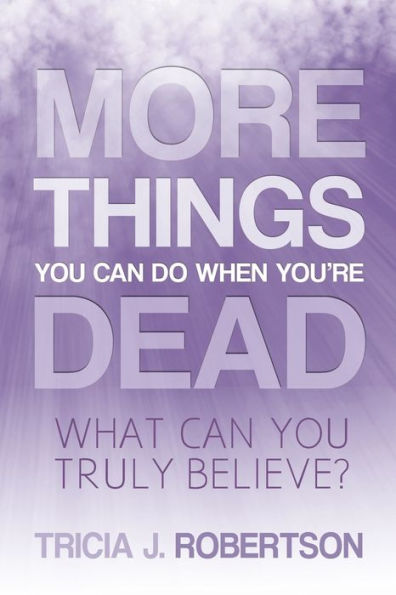Home
What Is it Like to Be Dead?: Near-Death Experiences, Christianity, and the Occult
Loading Inventory...
Barnes and Noble
What Is it Like to Be Dead?: Near-Death Experiences, Christianity, and the Occult
Current price: $46.99


Barnes and Noble
What Is it Like to Be Dead?: Near-Death Experiences, Christianity, and the Occult
Current price: $46.99
Loading Inventory...
Size: Hardcover
*Product Information may vary - to confirm product availability, pricing, and additional information please contact Barnes and Noble
Studies of "near-death experiences" show that such experiences not only provide a new certainty of post-mortem survival, but often function as a call for fundamental change in the present. Reported aftereffects encompass changes in attitudes, beliefs, and life orientation. It is said that "experiencers" have lost their fear of death, found their purpose in life, or become "more spiritual." The experience - often declared to be indescribable, inexplicable, or ineffable - is held by many to be the most important of their lives and, moreover, the best proof available for matters "transcendent."
In
, Jens Schlieter argues that to understand recent testimonies of near-death experiences, we need to be aware of the history of innumerable reports of earlier near-death experiences that were communicated and handed down in scores of newspapers, journals, and books. Collections of such testimonies have been published for more than 150 years, accompanied by attempts to classify and interpret them. Schlieter analyzes the religious relevance of near-death experiences -for the experiencers themselves, but also for the growing audience attracted by these testimonies. Near-death experiences bear ontological, epistemic, intersubjective, and moral significance, ranging from reassurance that religious experience is still possible to claims that they initiate a new spiritual orientation in life, or offer evidence for the transcultural validity of afterlife beliefs. This study is the first to document and analyze four centuries of near-death testimonies before the codification of the genre in the 1970s, offering the first full account of the modern genealogy of "near-death experiences."


















